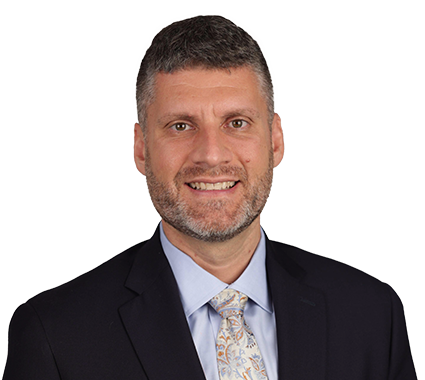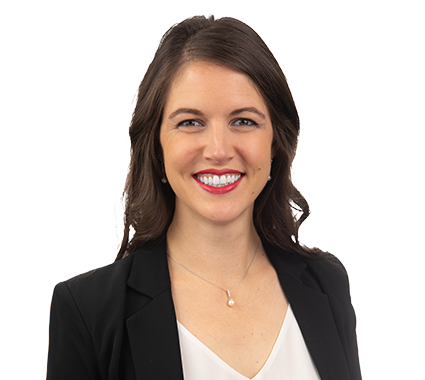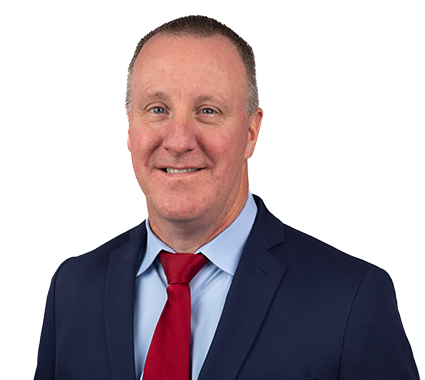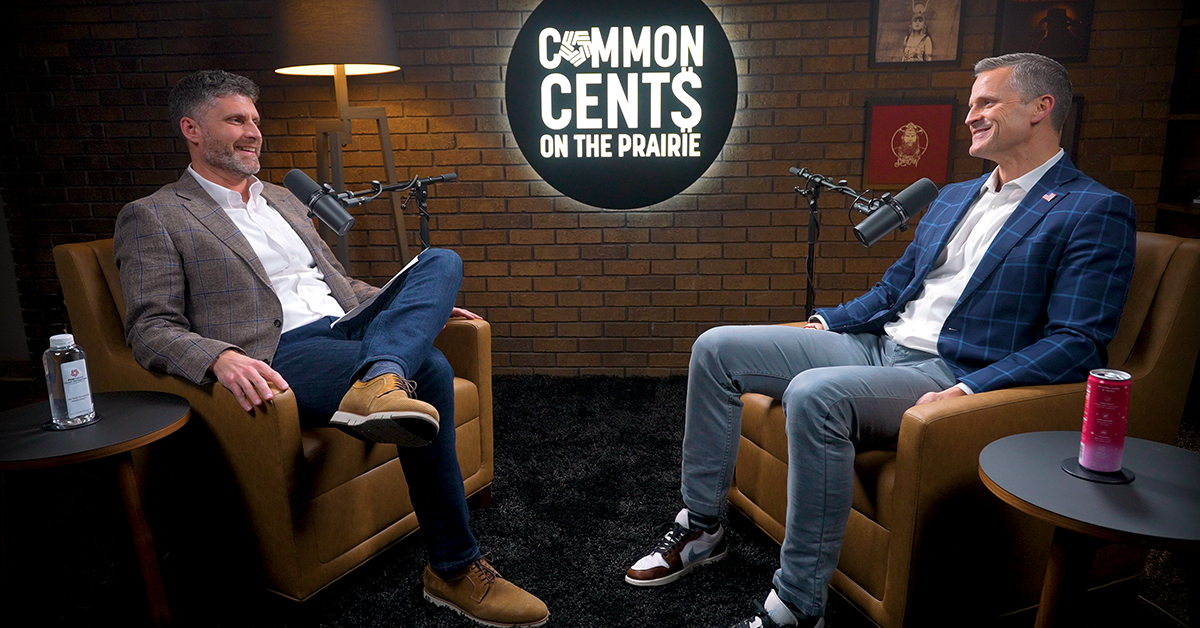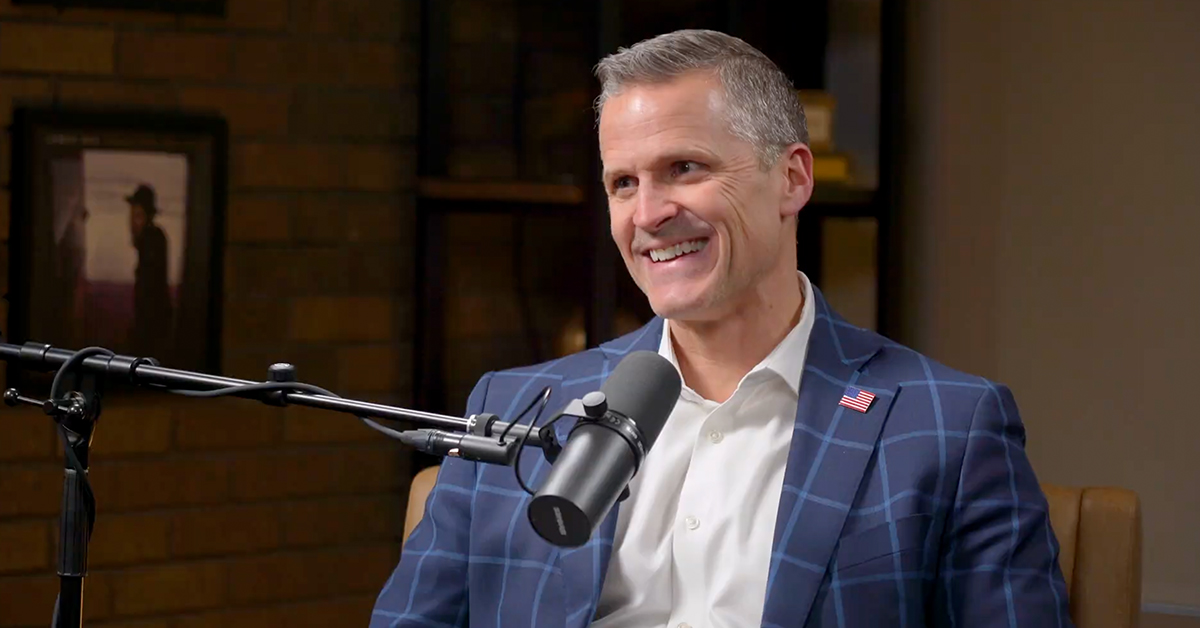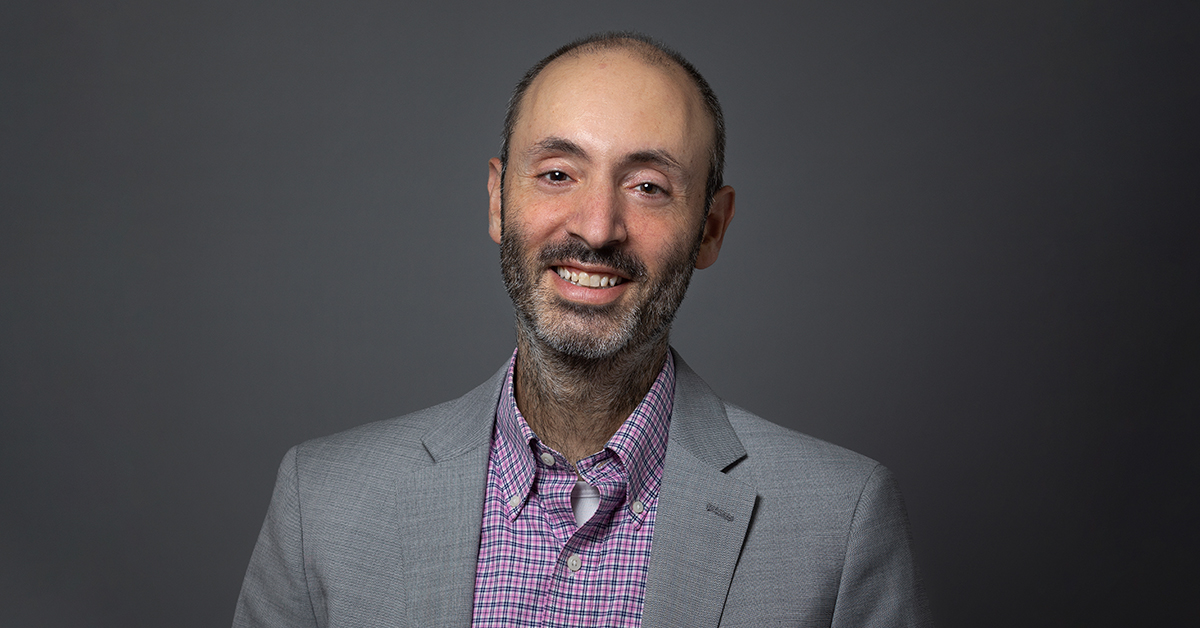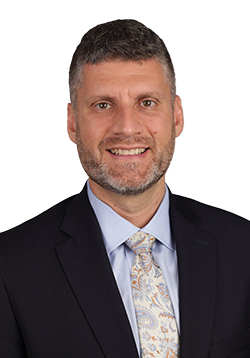
Cindy Peterson wants everyone to view themselves as a philanthropist, whether that means giving of your time, talent, or treasure.
The founder and CEO of Maximizing Excellence, a nonprofit consulting firm in Sioux Falls, joined our podcast, Common Cents on the Prairie™, to share insights on maximizing your giving impact.
Keep reading for a recap of my conversation with her. And when you’re ready, you can watch the full episode on YouTube or listen on your favorite podcast app.
Maximizing Excellence
Adam: Tell me about your firm, Maximizing Excellence.
Cindy: We partner with people and organizations that want to improve their effectiveness and achieve high impact. We do that mostly in the nonprofit sector. Those who have five seconds to describe what we do would refer to us as nonprofit consultants.
We spend a great deal of our time doing fundraising and resource development. We help organizations with capacity building. We help them with strategic planning, and we also make sure that the individuals involved in that work are equipped to bring their mission to life.

If they can serve more people because their organization has more resources, their staff is more equipped, and they are more confident and are able to get from point A to point B more quickly — that is how I get to be a social worker.
I might not meet the individuals that are impacted by these organizations, but I know that if every single one of these organizations can live their mission more effectively and more efficiently, I do get to be a part of changing those people’s lives.
What is philanthropy?
Adam: So, philanthropy is a big word. How would you define that word?
Cindy: Philanthropy is anyone’s contribution to something bigger than themselves. A lot of people associate philanthropy with individuals who give a great deal of money, and I love that I see philanthropy differently.
I love that philanthropy, to me, is more holistic and more inclusive. Any individual who gives any amount of time, shares any talent, gives any treasures of any amount, by definition is a philanthropist.
Adam: That’s interesting. Because when I hear the word philanthropist, I always think about somebody who is giving away millions of dollars a year. I was struck by when we talked, that you mentioned you want everyone to see themselves as a philanthropist, which I thought was a really cool way of reframing that.
Instilling a giving philosophy in the next generation
Adam: We [at First National Wealth Management] work with a lot of very generous people, and I think one of their biggest concerns is how to instill that spirit of generosity into the next generation. Do you have any advice for how to approach that?
Cindy: Make it tangible, and make it personal. So often in today’s society, with the way money travels and the way things are paid for, we don’t see dollars exchanged. We have to be intentional to create those experiences.
It might be taking family members on a tour of an organization that, as an adult or as a family, you’ve been giving to for years — so that they can see the impact at work. And what we’ve done at our house is talk about, “You know that organization that we just saw? Your mom and dad have been giving to that organization for quite some time. What questions do you have about what you just saw?”
We’ve taken our kids through a homeless shelter, and, when we got home, we let them ask questions. We let them talk about what they were curious about.
And then, on the other side of it is asking your adult children, even your younger children, “What is it that you’re passionate about? What are things that you would like to support?” What my kids are going to be excited about isn’t going to look like what I’m excited about, but if I can create an opportunity to put some of my wealth into things my kids are passionate about, that becomes a special connection that we can have.

The future of philanthropy
Adam: Do you think philanthropy has changed?
Cindy: I think philanthropy, long ago, was for the few. It really was singular. But as more and more people learn philanthropy, more and more people will then have influence on what philanthropy is and does. I also think those who perhaps fit in that more traditional philanthropic category are quite fatigued.
Adam: Tell me about that.
Cindy: Our community has grown leaps and bounds very quickly. And with all of the prosperous opportunities and all of the wonderful gifts that brings to our community, it also increases the number of needs that people have. Those needs need to be met, and that often comes with philanthropy.
So, those who have a tradition of being known for giving are being asked to give more and more to these wider needs, and there aren’t new people coming into the fold as quickly as the needs are growing. People are feeling that tension.
Adam: I see that especially with folks who have maybe had a liquidity event; the amount of solicitations they get is pretty astounding. One of the things that we coach them on is just having kind of a prism through which you’re going to look whenever you get a new opportunity.
Because the answer is always to say either “yes” or “no” really quickly without having some guiding principles in place. But if you say, “No, I’m really focusing my dollars at this stage of my life on these few categories,” then it gets back to that mission and that impact. It’s much more exciting to do giving there versus just accepting all opportunities.

Cindy: Saying no is hard, but when you have some parameters, when you know what you want your legacy to be, that’s where the joy in giving comes.
Maximizing your giving impact
Adam: How have you and your family balanced your desire to always want to be giving with the reality that sometimes business isn’t always where you want it to be?
Cindy: It goes back to our family values. In our family, we value service and legacy. That legacy piece isn’t really about us; it’s about the legacy that we want our kids to walk away with.
I think back to COVID. My business was on a beautiful trajectory, and when COVID struck, I lost 85% of my revenue in 15 days. But there were still things that needed to happen.
I had an amazing team of talented women that needed to be taken care of. As a mom and wife, there were a lot of things happening that we needed to make come together. And while philanthropy wasn’t top of mind in the moment, we came to year-end and we made some decisions.
We made sure we made our gifts, and I think, in some ways, those gifts were the most important that I’ve ever made. Because it hurt that year, but there was more joy. Our family knew that individuals needed those dollars more than we did, and those dollars would be used in a way they never had been before.
It required us to think more deeply and be more intentional about our dollars. When everything is important, how do you prioritize priorities? And it really brought us back to the things that we care about most.
Adam: What do you see when someone makes a gift? What kind of impact does that have on them?
Cindy: I think it allows people to be a part of something bigger than they can do on their own. It allows people to be a part of something that maybe their owns skills and abilities can’t contribute to completely. The impact of giving can create tremendous joy; it can bring people together. I think those are lasting impacts.
If you’re ready to maximize your giving impact and want some expert help, send our team at First National Wealth Management a note; we’re happy to help!
And, you can watch the full podcast episode with Cindy Peterson here.
Any comments, insights, or strategies discussed in this article are intended to be general in nature and, therefore, may not be suitable for you and your situation, whatever that may be. Before acting on anything written here, please consult with your attorney, CPA, and/or your financial advisor.

